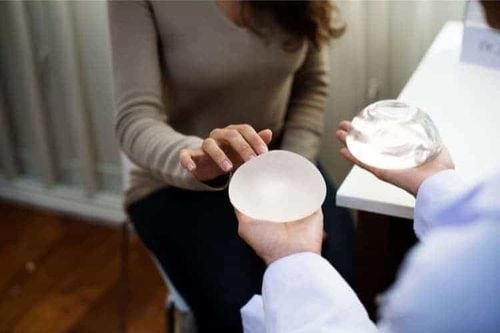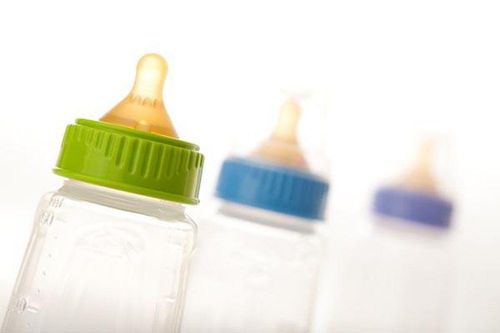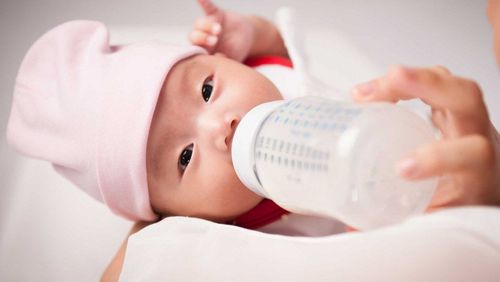This is an automatically translated article.
The article is professionally consulted by Master, Doctor Ngo Thi Oanh - Pediatrician - Pediatrics - Neonatology - Vinmec Ha Long International General Hospital.
Pacifiers on the market come in a variety of styles and sizes, so choosing the right pacifier for your baby and taking care of it properly can be a challenge, especially for first-timers. first parenting.
1. How to choose a good pacifier for babies?
Pacifiers come in many different colors and designs. If it's your first time shopping for a pacifier, you can choose from several different styles to see which one your baby likes better. Pacifiers usually come in two main sizes, one for babies up to 6 months old and one for babies 6 months and older.An important note when choosing a pacifier for your baby is to choose one with a firm structure that cannot be released. Preferably one-piece monolithic, with a large shield size so that the baby cannot put the entire pacifier in his mouth. A pacifier that has separate parts can pose a choking hazard to your baby. The shield of the baby pacifier needs to have ventilation holes for air to circulate. Without ventilation, your baby's saliva can collect, causing a rash or skin irritation.
About nipples, there are two common types that are rubber nipples and silicone nipples. Compared to rubber nipples, silicone nipples are slightly harder, but silicone nipples have the advantage of being easy to clean and without bad odors. Pacifiers are softer, which some children may prefer. However, because it is soft, it may wear out faster than a silicone knob. Condoms should not be used in children who are at risk of being allergic to latex.
Another important thing in choosing a baby pacifier is to choose one that is labeled BPA free. BPA has been shown to cause nervous system disturbances, reproductive effects, and other long-term damage to a baby's health.
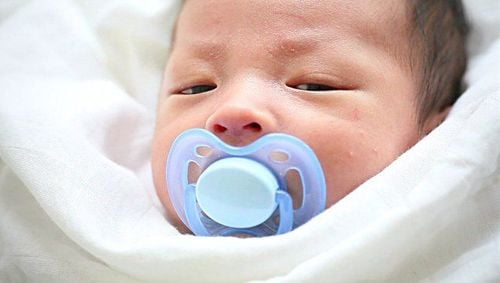
Núm vú giả thường có hai kích cỡ chính là loại dành cho trẻ sơ sinh đến 6 tháng tuổi và loại dành cho trẻ từ 6 tháng tuổi trở lên
2. When should a mother change her baby's pacifier?
When using pacifiers for babies, mothers need to pay attention to replace them after a period of use. The replacement time depends on how often the baby uses the nipple, whether the nipple is worn out a lot. Please check the nipple carefully before putting it in the baby's mouth, see if the nipple changes color, has holes, tears on the nipple, nipple details are solid or not. It is best to change the pacifier for the baby as soon as it begins to show signs of damage.3. How to clean baby pacifier
Before using the pacifier for the first time, wash the pacifier with soap and clean water, preferably using a special soap for washing pacifiers and bottles, with ingredients that are safe for babies. . Or you can boil the pacifier for 5 minutes to remove any excess chemicals present in the product.After each use of a pacifier, wash and sterilize it thoroughly by boiling with boiling water or using a bottle sterilizer. Allow the nipple to dry naturally, then, store the nipple in a clean, dry place. For older children, you can use specialized washing water and clean water to wash, then rinse with boiling water to disinfect. You can also soak pacifiers for a few minutes a day in a mixture of water and white vinegar (in equal proportions) to prevent fungal growth. Then rinse and let the nipples dry naturally.
If your child drops the pacifier on the floor, simply rinse it with hot water and return it to your baby. If a baby pacifier falls on the sidewalk, use another clean pacifier in place of the baby and take the dropped pacifier home to clean and sterilize.
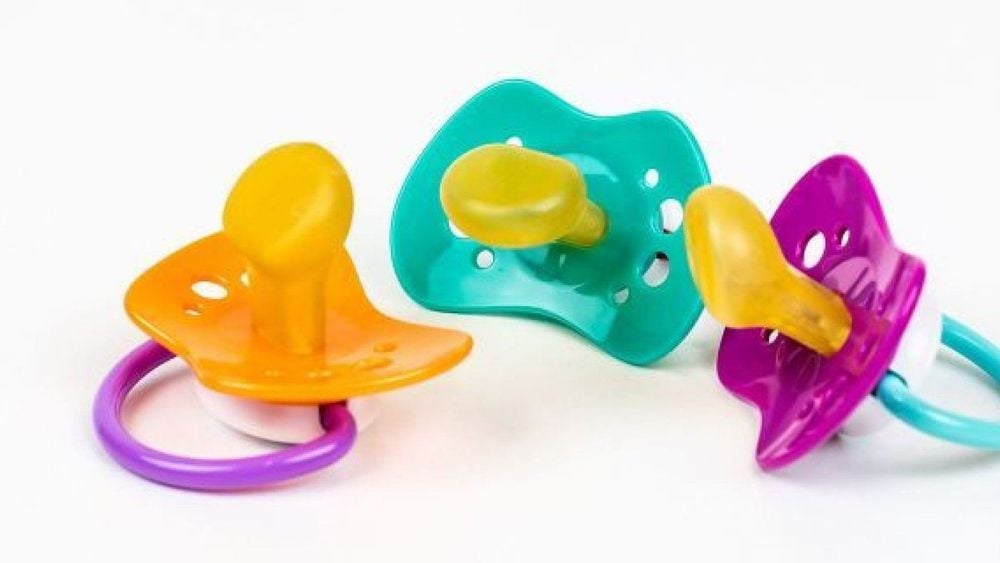
Trước lần sử dụng núm vú giả đầu tiên, bạn hãy rửa sạch núm vú bằng xà phòng và nước sạch
4. Some notes for safe use of pacifiers for babies
You should not use a leash to tie a pacifier to a baby's neck or to a crib, as this increases the risk of suffocation due to the leash. Watch out for loose parts on the nipple, in case these parts fall or get damaged, which can pose a suffocation hazard. In addition, do not cover anything on baby pacifiers, especially sweets such as sugar, honey, fruit syrup, etc. In addition to the risk of tooth decay, some sweeteners such as honey contain a lot of sugar. botulinum toxin and contains spores. These toxins can poison children, seriously affecting their health.Please regularly visit Vinmec.com website and update useful information to take care of your baby and family.
Article reference source: webmd.com, babycenter.com




